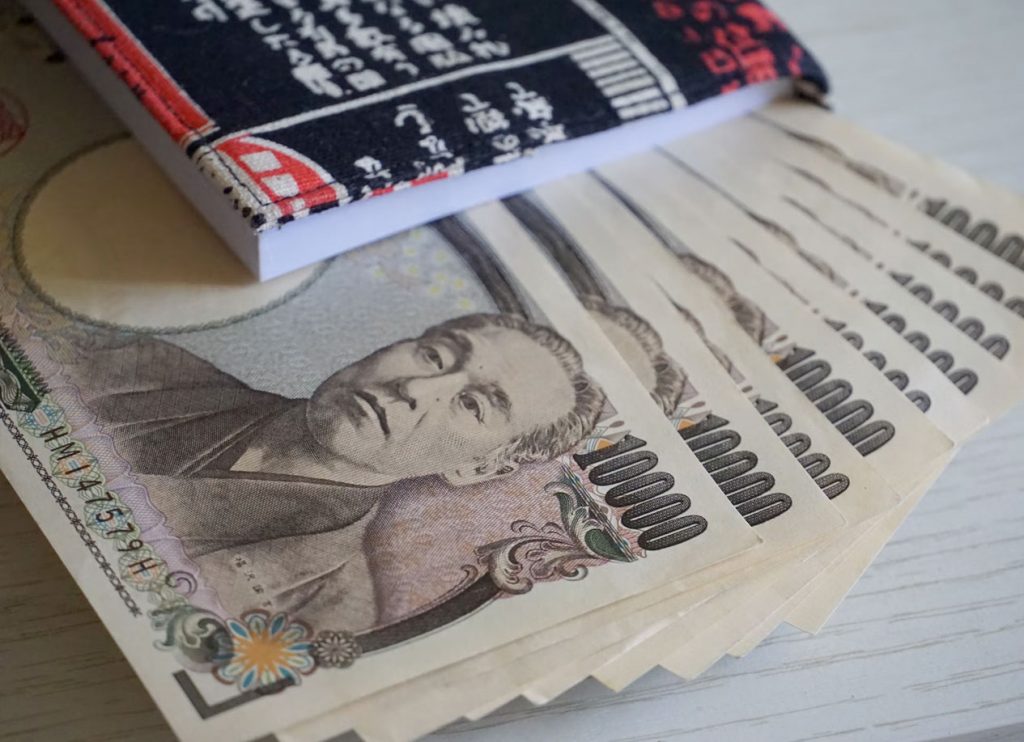
Morning Brief – Two-way traffic resumes
Two-way traffic resumes
As 2023 begins there is an increasing sense of normalisation within currency flows. For the latter half of 2022 there were very few plays other than trades orientated towards gaining exposure to the Federal Reserve’s astronomic interest rate adjustments. Whilst allowing the US Dollar to rally, this also left ultra-low yielding currencies reeling as interest rate differentials were highlighted. The two G10 currencies that bore the majority of this selling force were the Japanese Yen and the Euro. Both attracted their fair share of headlines with the significance of the Euro and the psychological level of parity driving additional attention to EURUSD. In the case of the Yen, so much attention was offered to its many crosses due to the sheer size of the depreciation. From January through to October, the depreciation in the Yen versus the US Dollar was well in excess of 30%.
As we highlighted towards the end of 2022, there was a recovery afoot in the Yen. Some intervention in the currency market and adjustments to the yield curve control program at the central bank level have allowed USDJPY to fall back from north of 150 to around 130. The Yen still carries a significant discount to its medium-term average therefore but significant ground has been recovered in the BoJ’s attempt to normalise the currency. The market is awaiting a changeover of Presidency at the Bank of Japan. Much of the weakness in the Yen stemmed from monetary policy and the Bank will play a crucial role in currency normalisation. It was the incumbent leadership that clung so tightly to deeply negative rate policies at a time when the market was looking for adjustment.
Whilst the next major move in USDJPY may not occur until after this change of office has taken place in April, markets will still speculate over how this change of leadership will change the Japanese yield curve. At the moment there is little to suggest that this change of office could deliver anything other than a more hawkish administration open to tighter policy rates. The Yen may take a pause around this level with a possible extension towards 125 as we see a trend of mean-reversion in this overstretched currency pair.
Discussion and Analysis by Charles Porter

Related Insights

Daily Brief – Big Girls Don’t Cry
Big Girls Don’t Cry A bond market tantrum and one of the sharpest one day sell offs in Sterling for several years appear to have been catalysed by the Chancellor’s appearance in PMQs yesterday. First: the back story. This Labour government has faced some embarrassment in recent weeks trying to get its welfare bill through […]

Daily Brief – A weaker Dollar: Trump vs. Powell
A weaker Dollar: Trump vs. Powell The Dollar continued to lose ground yesterday as the truce between Israel and Iran appeared to continue to hold. There has been a noticeable return to focus upon macro and monetary influences in major currency pairs. Yesterday, Fed Chair Jay Powell provided his semi-annual monetary policy report before the […]

Daily Brief – Next level
Next level EURUSD has managed a relatively smooth ascent to its current levels, around 1.18. That is despite significant resistance levels, most notably around 1.17. A large collection of option strike prices gathered around this key level and the price history of the pair shows us its significance. Sustained closes above this level since last […]


